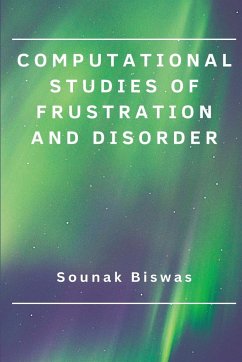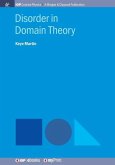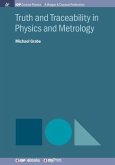Transverse field Ising antiferromagnets on frustrated lattices (and closely related quantum dimer, quantum link models and anisotropic spin models) have served as paradigmatic examples of the interplay between quantum fluctuations, thermal fluctuations, and the entropic effects associated with a large degeneracy of configurations with low exchange energy. They have been used to study a host of interesting phenomena associated with this interplay. Although ground state methods such as diffusion Monte Carlo and exact diagonalization have been used to study the quantum phases of of such model Hamiltonians and related quantum dimer and link models, efficient cluster algorithms for completely unbiased Monte Carlo studies of the T ¿ 0 quantum statistical mechanics of these systems have been largely unavailable in spite of the important role played by such models in the theory of frustrated quantum systems. Continuous-time cluster algorithms have been formulated for transverse field Ising models previously. However, these methods typically construct clusters based on a "link-decomposition" of the Hamiltonian into terms living on the links of the spatial lattice. While these cluster algorithms work well for ferromagnetic systems, they are rather inadequate for frustrated systems, since clusters formed by them percolate and freeze. Studies of models with frustration have mostly relied on growing one-dimensional clusters in the imaginary time direction. The bulk of this book addresses this problem and describes our attempts to alleviate it. Our approach uses a plaquette decomposition of the Hamiltonian within the Stochastic Series Expansion (SSE) framework of Sandvik to construct clusters based on a plaquette percolation process. Flipping these clusters does not change the weight of a configuration. In the case of frustrated bosonic systems with a conserved charge (and equivalent XXZ spin models), merely working with an appropriate plaquette decomposition of the Hamiltonian suffices to dramatically improve the efficiency of directed loop updates within the SSE framework. As we will see, this does not suffice for SSE simulations of frustrated transverse field Ising models. The key ingredient needed in such systems which have no conserved charge is the notion of premarked motifs that are imprinted on each spatial plaquette at the start of the cluster construction process.








